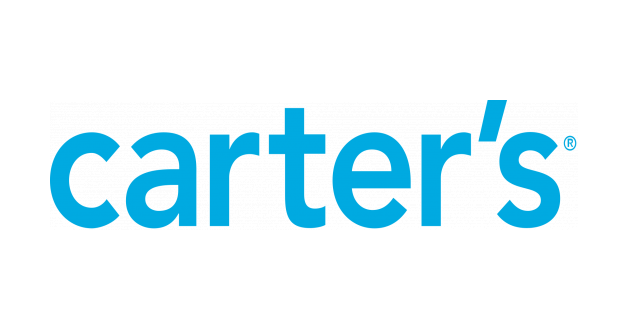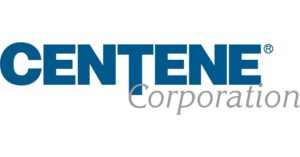- Wall Street anticipates Carter’s earnings per share (EPS) to be $0.43 with projected revenue of approximately $567 million for Q2 fiscal 2025.
- The company’s price-to-earnings (P/E) ratio stands at approximately 7.37, indicating market valuation of its earnings.
- Carter’s current ratio is about 2.56, showcasing a strong liquidity position to cover short-term liabilities.
Carter’s, Inc. (NYSE: CRI) is a leading apparel company in North America, specializing in clothing for babies and young children. The company is scheduled to release its second quarter fiscal 2025 results on Friday, July 25, 2025, before the market opens.
Wall Street analysts estimate Carter’s earnings per share (EPS) to be $0.43, with projected revenue of approximately $567 million for this period. The anticipated increase in Q2 revenues is attributed to gains in the baby segment and global markets. However, the company’s bottom line may face challenges due to pricing pressures and rising costs, as highlighted by the company’s announcement.
Carter’s financial metrics offer insights into its market valuation and operational efficiency. The company’s price-to-earnings (P/E) ratio is approximately 7.37, indicating how the market values its earnings. A price-to-sales ratio of about 0.44 suggests that the stock is trading at less than half of its annual sales per share, potentially appealing to value investors.
The enterprise value to sales ratio of approximately 0.73 reflects Carter’s total valuation relative to its sales, while the enterprise value to operating cash flow ratio of around 7.41 shows how the company’s valuation compares to its cash flow from operations. These metrics help investors assess the company’s financial health and operational performance.
Carter’s has an earnings yield of about 13.56%, which is the inverse of the P/E ratio and indicates the return on investment for shareholders. The debt-to-equity ratio is approximately 1.32, highlighting the company’s use of debt financing relative to its equity. Additionally, a current ratio of about 2.56 indicates Carter’s ability to cover its short-term liabilities with its short-term assets, reflecting a strong liquidity position.




